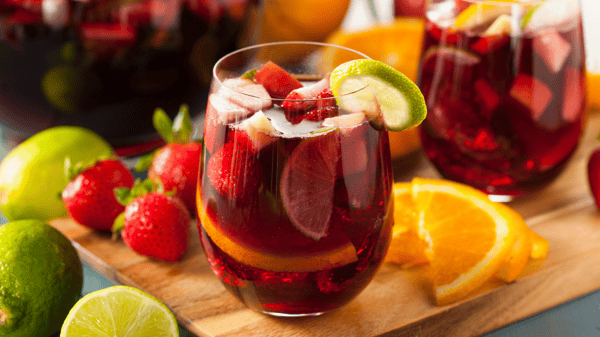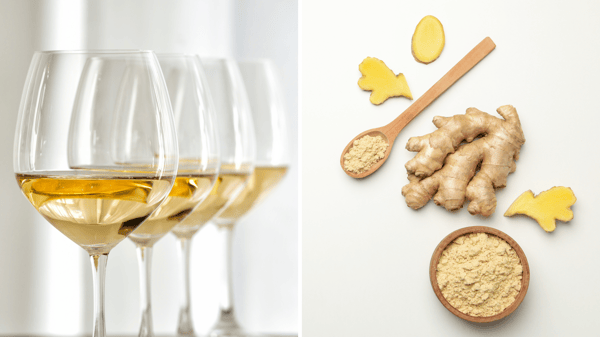People ask me all the time: What can I do with a wine that’s going bad? And I say, Freeze it. Or: The wine my family prefers is too dry, and I say, Add fruit juice to yours. When warm wine is served to me, I plop in the ice cubes. My friends are astonished: You can do that to wine?
You betcha. Wine didn’t get to be our oldest beverage, along with water and milk, by being fussy. Wine is a forgiving creature and happily adapts to the wine experience that you most enjoy. Here are ways to have fun with wine, in addition to drinking it.
Put Stuff in It
Hippocrates is first credited with adding medicinal herbs and spices to wine circa 400 BC, making our Father of Medicine also the Father of Vermouth, leading to our modern Vermouth-accented cocktails including the Negroni, the Manhattan and the classic Martini.
In modern times, mulled wine is a winter treat, with herbs and fruits steeped in warmed wine. Sangria is the warm weather version, packed with summery fruits and maybe a dose of rum (because, after all, alcohol lowers body temperature!).


A splash of sparkling water or soda pop into your white or red is the making of a wine spritzer. Joosh it up with a dose of schnapps, citrus peel or fresh herbs. It's best to stick with unoaked wines and avoid club soda, which is high in sodium.
Put it in Stuff
My guests never cease to be amazed when I serve Coq au Vin, but it’s just a wine-y chicken stew with sautéed mushrooms; the ‘vin’ (wine) does most of the work. For a beef and wine stew, try Boeuf a la Bourguignon. In addition to adding flavor, wine tenderizes tougher cuts, including ‘coq’ (cock, i.e. adult male chicken), although chicken thighs may be more available.
- Remove your jus (also called ‘au jus’) within a few minutes to protect your pan and to avoid metallic flavor.
- Re-season your pan before wine’s acid corrodes its surface.
- Simmering does not cook off 100% of the alcohol, so be clear with your tee-totaling guests.
In a time-crunch, even canned soup benefits from a tablespoon of wine, including Chardonnay for clam chowder, a red for beef stew and Sherry for tomato soup.
Chill Out
Before a wine goes bad, make ice cubes to be used later in cooking, or added to a punch or spritzer. The important word here is before.
I’ve loved wine slushies long before Frozè was a thing. Best for white and rosé, set your bottle in the freezer and check after an hour or so, or the bottle may break. For me, the interplay of icy crystals and bubbles adds even more joy to the enjoyment of sparkling wine. Be aware that any bubbly left in the bottle may go flat faster.
Keep It
What do you do with an uneaten, cut apple? You probably cover and refrigerate it. Treat your opened bottle of wine like that apple: cork it and refrigerate it standing up: whites, reds and rosés. For sparkling wine, invest in a Champagne stopper (about $15) and know that sparklers go flat if warmed and chilled too often. Every wine lover’s essential investment is a canned wine preserver, an aerosol of inert gas that protects wine from oxygen when spritzed into an open bottle. A local product is ArT Wine Preserver, $15.99, available online.
Take it Back
While this was standard practice, customer misuse has changed procedures. Check with your wine merchant for their policy.
Dump It
When all else fails, this you must do.
Tips to Remember
- Wine alters the color of your dish; for instance, don’t pour a red into New England Clam Chowder or a white into a meaty red sauce.
- Unless you want to accentuate woody, charred flavors, avoid oaky wines in most recipes.
- Delicious wine will add delicious flavors; a wine that you don’t enjoy drinking may ruin your dish.
- Especially avoid “cooking” wine, which is dosed with salt and additives.
Otherwise, feel free to experiment. I promise, the wine is happy to play along!
